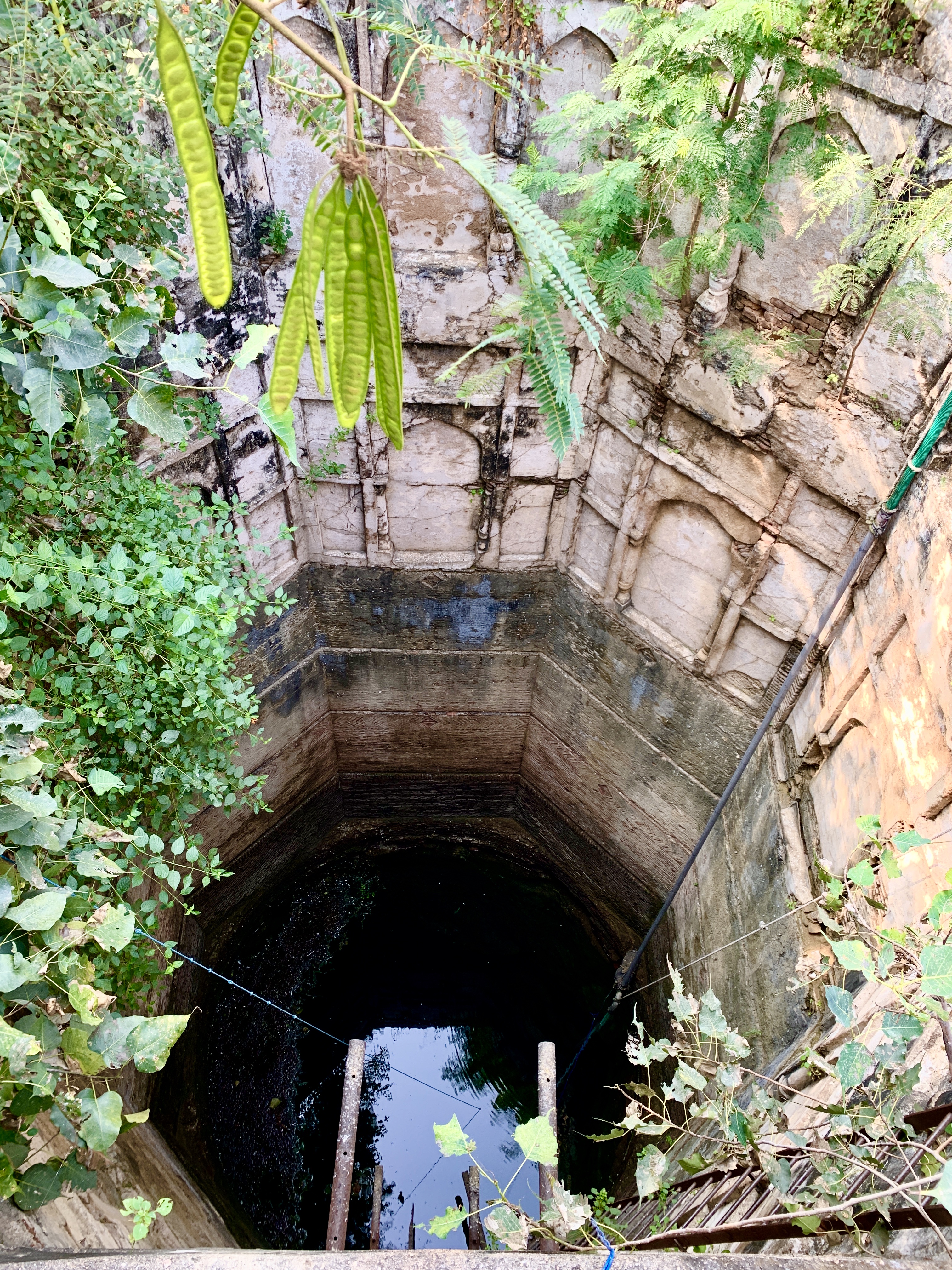Certain categories of large projects in India require environment clearances (ECs) from the government. This map shows the location of 2,053 projects out of a total of 2,115 projects that the Ministry of Environment, Forest and Climate Change (MoEFCC) granted Environment Clearances (ECs) to between July 2014 and March 2020. Of these, 278 are within and immediately around Protected Areas (PA).
Human activity is legally limited within Protected Areas (PAs) in India i.e. areas that enjoy a higher degree of protection to preserve their biodiversity (flora, fauna, ecosystems, etc). National parks, wildlife sanctuaries and conservation reserves are all examples of PAs. It is up to the ministry to allow projects in such areas. Our map features such PAs across India and highlights overlaps.
India’s four biodiversity hotspots - Himalayas, Western Ghats, Indo-Burma and Sundaland - also feature on the map. These are recognised as being among the Earth’s 36 most biologically rich regions.
What is an EC: An Environment Clearance is an approval required before an organisation can start any infrastructure, mining, processing or manufacturing undertaking that may be potentially detrimental to the environment. The clearance is granted either by the Centre or the states depending on the type of project it is. In addition to an EC, some projects may require wildlife and forest clearances.
How to use the map: Use the filters alongside the map to discover which projects have been approved in each state, as per year in which approval was granted, type of project and distance from nearby PAs.
Human activity is legally limited within Protected Areas (PAs) in India i.e. areas that enjoy a higher degree of protection to preserve their biodiversity (flora, fauna, ecosystems, etc). National parks, wildlife sanctuaries and conservation reserves are all examples of PAs. It is up to the ministry to allow projects in such areas. Our map features such PAs across India and highlights overlaps.
India’s four biodiversity hotspots - Himalayas, Western Ghats, Indo-Burma and Sundaland - also feature on the map. These are recognised as being among the Earth’s 36 most biologically rich regions.
What is an EC: An Environment Clearance is an approval required before an organisation can start any infrastructure, mining, processing or manufacturing undertaking that may be potentially detrimental to the environment. The clearance is granted either by the Centre or the states depending on the type of project it is. In addition to an EC, some projects may require wildlife and forest clearances.
How to use the map: Use the filters alongside the map to discover which projects have been approved in each state, as per year in which approval was granted, type of project and distance from nearby PAs.

.jpg)




.jpg)

.jpg)

